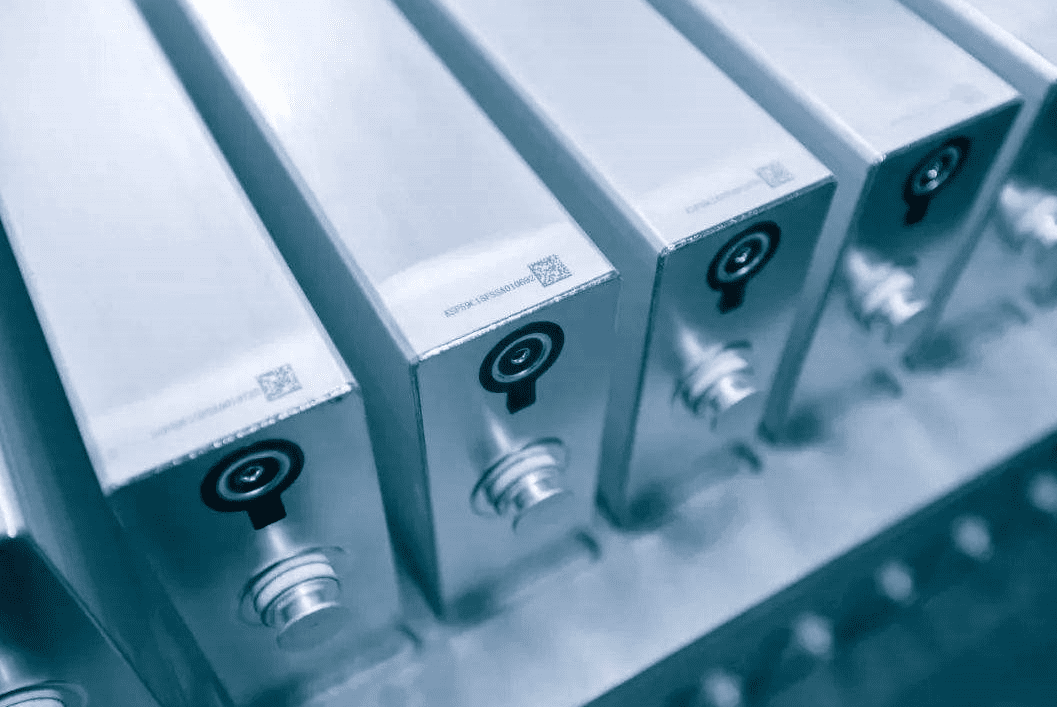Lithium-ion (Li-ion) batteries require specific charging methods that differ significantly from those used for nickel-metal hydride (NiMH) batteries. Using a NiMH charger for Li-ion batteries is not safe and can lead to serious risks, including fire or battery damage. Always use a charger designed specifically for lithium batteries.
How do NiMH and Li-ion batteries differ?
NiMH and Li-ion batteries have distinct chemical compositions and charging requirements. NiMH batteries typically operate at a nominal voltage of 1.2V per cell, while Li-ion batteries operate at approximately 3.7V per cell. This difference in voltage means that the charging algorithms and safety features necessary for each type of battery are fundamentally different.
| Feature | NiMH Batteries | Li-ion Batteries |
|---|---|---|
| Nominal Voltage | 1.2V | 3.7V |
| Charge Algorithm | Simple, constant current | Complex, multi-stage |
| Safety Features | Basic | Advanced (temperature, voltage monitoring) |
Why is it unsafe to use a NiMH charger for lithium batteries?
Using a NiMH charger on a Li-ion battery can result in improper charging conditions. Since Li-ion chargers are designed to manage higher voltages and currents, employing a NiMH charger can lead to overcharging or undercharging. Overcharging may cause thermal runaway, resulting in fires or explosions, while undercharging can diminish battery performance and lifespan.
What risks are associated with using an incompatible charger?
The risks of using an incompatible charger include:
- Thermal Runaway: Overcharging can cause excessive heat buildup.
- Battery Damage: Incorrect charging can lead to reduced capacity and lifespan.
- Fire Hazard: In extreme cases, overcharging may result in fires or explosions.
How can you safely charge lithium batteries?
To safely charge lithium batteries, always use a dedicated Li-ion charger that matches the battery specifications. Follow these guidelines:
- Check Compatibility: Ensure the charger is compatible with your specific battery model.
- Monitor Charging Conditions: Use chargers with built-in safety features like temperature control.
- Avoid Mixing Battery Types: Never mix different types of rechargeable batteries in one charger.
What are the best practices for charging lithium batteries?
Best practices include:
- Using the manufacturer-recommended charger.
- Charging in a cool, dry environment.
- Avoiding over-discharging by disconnecting when fully charged.
Which chargers are recommended for lithium batteries?
Recommended chargers for lithium batteries include:
- Smart Chargers: Automatically adjust voltage and current.
- Brand-Specific Chargers: Designed specifically for certain brands/models.
- Multi-Chemistry Chargers: Capable of charging various types but ensure compatibility.
| Charger Type | Description | Example Models |
|---|---|---|
| Smart Chargers | Adjusts parameters automatically | XTAR VC4, Nitecore D4 |
| Brand-Specific | Designed for specific brands/models | Ansmann Energy 8 |
| Multi-Chemistry | Can charge multiple types but check compatibility | Efest LUC V4 |
Are there alternatives to using a NiMH charger for lithium batteries?
If you’re unable to find a suitable Li-ion charger, consider alternatives such as:
- Purchasing an appropriate replacement from manufacturers like Redway Battery, known for their high-quality solutions.
- Utilizing universal smart chargers that support multiple battery types but ensure they have features suitable for Li-ion cells.
What should battery wholesale buyers know about OEM orders?
Tips for Battery Wholesale Buyers
When considering OEM orders, it’s crucial to partner with reliable manufacturers. Redway Battery, with over 13 years of experience in producing lithium batteries, offers excellent solutions tailored to your needs. To make OEM orders:
- Research Manufacturers: Look for established companies with positive reviews.
- Request Samples: Test product quality before placing large orders.
- Negotiate Terms: Discuss pricing, delivery schedules, and warranty options clearly.
Redway Battery Expert Insight
“Choosing the right charger is essential for maximizing the lifespan of your lithium batteries,” states an expert from Redway Battery. “Always prioritize safety by using compatible chargers designed specifically for your battery type.”
FAQ Section
- Can I use any charger for my lithium battery?
No, always use a charger specifically designed for lithium batteries to ensure safety and efficiency. - What happens if I use a NiMH charger on my lithium battery?
Using a NiMH charger can lead to overcharging or undercharging, potentially causing damage or even fires. - How do I know which charger is right for my battery?
Check the manufacturer’s specifications or consult with experts like those at Redway Battery to find compatible chargers.



